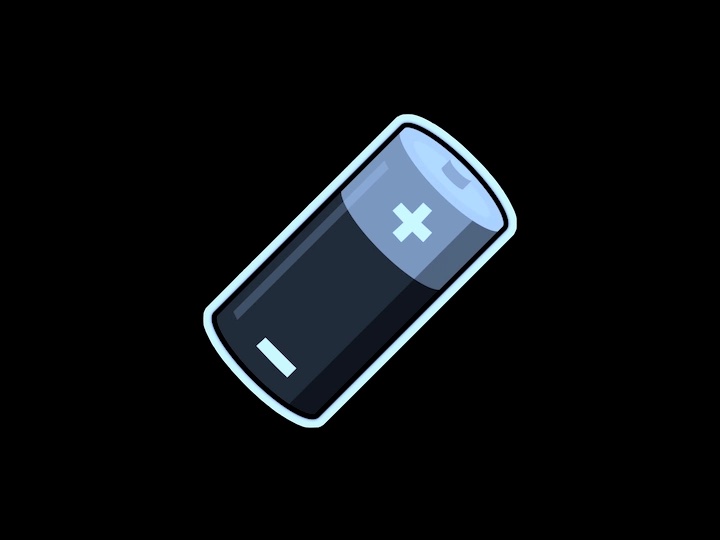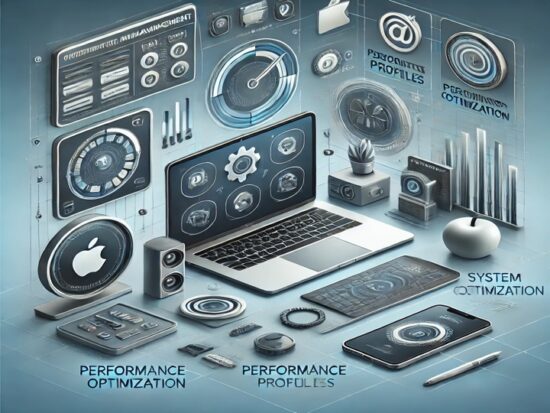Does your Mac battery is dying faster than you are anticipating? You’re not alone. As more and more people rely on laptops, preserving the battery life becomes a critical concern. Mac users, in particular, can significantly extend the longevity of their batteries by adopting the right charging practices. Contrary to common misconceptions, charging your laptop battery for a prolonged period does not damage it in the short term. In this article, we will debunk the myths and provide Mac users with essential tips to optimize their battery’s lifespan and maintain peak performance.
Understanding Lithium-Ion Batteries
The majority of modern laptops, including those in the Mac lineup, utilize lithium-ion batteries due to their energy density and efficiency. Lithium-ion batteries perform optimally when they are charged and discharged within certain limits. The battery’s lifespan is determined by the number of charge cycles it undergoes and how it is used during those cycles.
Charge Cycles Explained
A charge cycle is the process of using a full 100% of the battery’s capacity, whether that is in one go or divided over multiple partial charges. The newest Mac batteries are designed to last for around 1000 charge cycles and their capacity and standard is considered end-of-life requiring an immediate servicing. However, it’s crucial to note that this number represents the typical life span of the battery, not a fixed guarantee.
Proper Charging Habits
To extend the battery’s longevity significantly, it is highly recommended for Mac users to adopt the following charging habits:
- Charge Between 20% to 80%: Contrary to the popular belief that keeping your battery at 100% all the time is best, charging between 20% to 80% is considered optimal for lithium-ion batteries. Avoiding the extremes of 0% and 100% charge levels reduces stress on the battery and helps maintain its health.
- Avoid Frequent Full Discharges: Fully discharging your battery on a regular basis can increase wear and tear on the battery cells, shortening its lifespan. Instead, charge your Mac when it reaches around 20% and avoid letting it drop to extremely low levels.
- Charge Periodically: It’s essential to charge your Mac regularly, even if you’re not using it. Lithium-ion batteries perform better when they are charged frequently rather than being kept at very low levels of charge, or no charge at all.
- Disconnect while Using: When your Mac is fully charged, it’s a good practice to unplug it if you’re not reliant on the battery. Running your laptop on AC power while the battery is full helps avoid overcharging, which can be detrimental to battery health.
- Calibration: Occasionally, perform a battery calibration by letting it discharge fully once every few months and then charging it back to 100%. This calibration process helps the battery gauge accurately estimate its remaining capacity.
The Effects of Prolonged Charging
Prolonged charging, often known as “topping off” the battery, does not significantly harm modern lithium-ion batteries in the short term. In fact, the battery management systems in Macs are designed to prevent overcharging. However, continuous charging to 100% can lead to slightly faster degradation of the battery’s capacity over time compared to following the recommended charging habits mentioned earlier.
What did we learn thus far?
By understanding how lithium-ion batteries work and adopting the right charging habits, Mac users can significantly extend the lifespan of their laptop batteries. Charging between 20% to 80%, avoiding frequent full discharges, and periodically calibrating the battery are all essential practices. While prolonged charging to 100% won’t cause immediate damage, adhering to the recommended guidelines will undoubtedly lead to a more sustainable and long-lasting battery for your Mac. With proper care, your Mac’s battery can continue to serve you efficiently for years to come.





